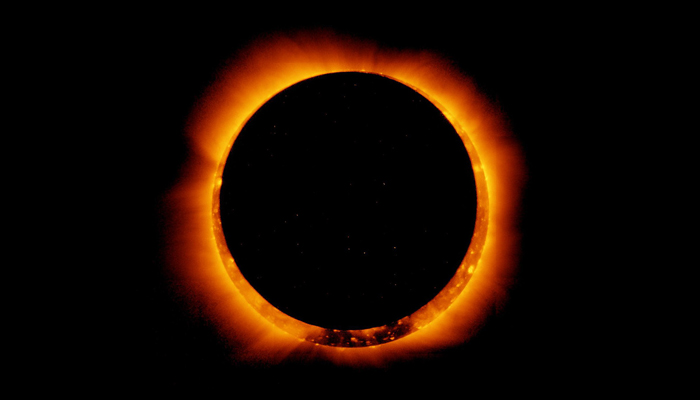What are scientists planning ahead of total solar eclipse 2024?
Nasa eyes to learn more about corona during total solar eclipse 2024
March 31, 2024

Astronomers have been waiting long for this opportunity to arise so that they could put their expertise to the test and study Earth, Moon and the Sun ahead of the rare total solar eclipse on April 8, 2024, according to Nasa officials.
The total solar eclipse will be witnessed in North America, across 15 states in the US, in some Canadian provinces, and Mexico.
Experts have anticipated that it will be the most observed celestial event throughout the world as the areas will be falling in the dark.
Deputy administrator of the US space agency Nasa Pam Melroy has said that the total solar eclipse will allow experts to study the event and relate celestial bodies "in entirely different ways than we usually do".
Nasa is eyeing to learn more about the corona as during the total solar eclipse, it will become faint and will be visible when the moon blocks the sunlight.
Melroy was quoted in NBC News: "Things are happening with the corona that we don’t fully understand, and the eclipse gives us a unique opportunity to collect data that may give insights into the future of our star."
The interest in the corona is due to its emission of heat and energy by the solar wind into the outer space of the sun, causing flares that reach Earth and cause a blackout of communication signals.
Studying in different ways will also allow scientists to learn why the corona is much hotter than the sun’s surface and what causes the solar winds.
Similarly, Nasa’s Parker Solar Probe will also be glued when the total solar eclipse would be underway.
The sun has been reaching its maximum activity with its 11-year cycle expected to be completed in 2025.









